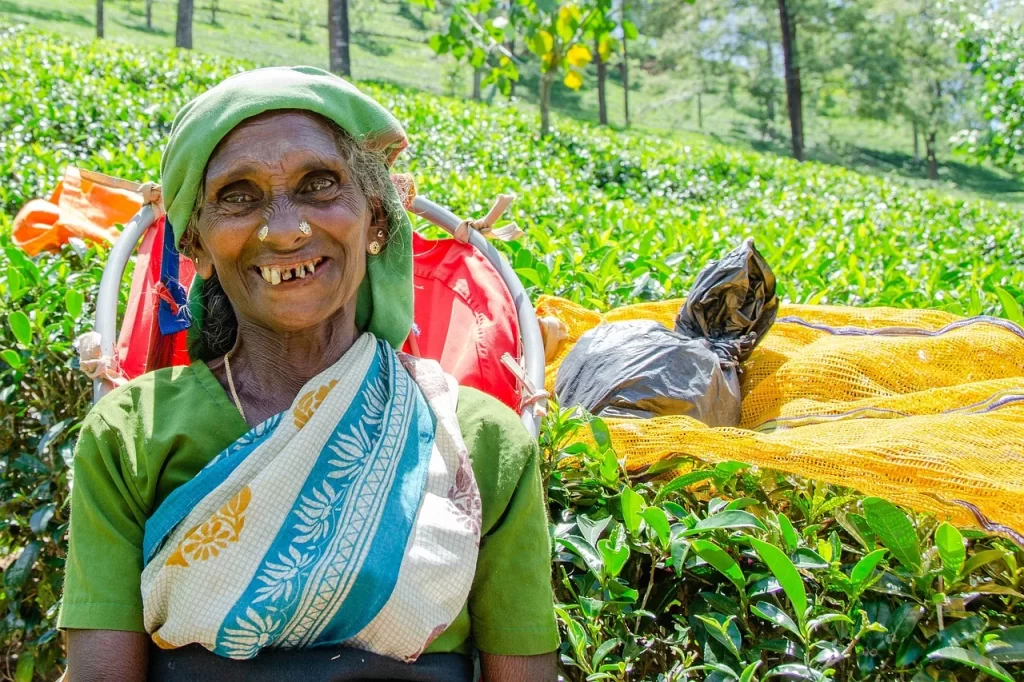Sri Lanka is famous around the world for its tea. Known as Ceylon Tea, it is one of the country’s biggest exports and a key part of its economy. Tea farming in Sri Lanka began in the 19th century during British rule, and since then, it has grown to become one of the top tea producers in the world.
Tea was first introduced to Sri Lanka in 1867 by a British planter named James Taylor. At the time, Sri Lanka was a major coffee-growing country, but when a disease destroyed the coffee crops, tea became the island’s new focus. Today, Sri Lanka is one of the largest exporters of tea globally, and Ceylon Tea is known for its quality and taste.
Sri Lanka’s tea is grown in different regions, each giving the tea a unique flavor. The three main tea-growing areas are:
- Nuwara Eliya: Located in the central highlands, the tea from this area is light and delicate.
- Kandy: This is where tea was first grown in Sri Lanka, and the tea from here is rich and strong.
- Uva: Tea from this region has a unique flavor and is popular worldwide.
Once the tea is harvested, it is taken to tea factories to be processed. The steps include withering, rolling, fermenting, and drying the leaves. Sri Lankan tea factories use traditional methods to maintain the quality of the tea.
The tea industry is one of the largest employers in Sri Lanka, providing jobs to thousands of people. Most of the tea workers are women who carefully pick the tea leaves by hand. The industry also plays a big part in the economy, as Sri Lankan tea is exported to many countries.
Types of Ceylon Tea
- Black Tea: This is the most popular type of Ceylon tea, known for its full-bodied flavor.
- Green Tea: Grown mainly in the Uva and Kandy regions, green tea is lighter and has a more delicate taste.
- White Tea: The rarest and most expensive type, white tea is made from the youngest tea leaves and is known for its light flavor.
Sri Lanka is focusing on producing organic tea and ensuring sustainability in the tea industry. Efforts are also being made to improve the living conditions of tea workers and promote eco-friendly farming practices.
Sri Lanka’s tea industry is a vital part of the country’s culture and economy. For anyone visiting the island, a trip to the tea plantations and factories is a great way to learn about the rich history of Ceylon Tea and experience its unique flavors.
Sri Lanka continues to be a top producer of some of the world’s finest teas, and its commitment to quality ensures that Ceylon Tea remains a favorite among tea lovers globally.

